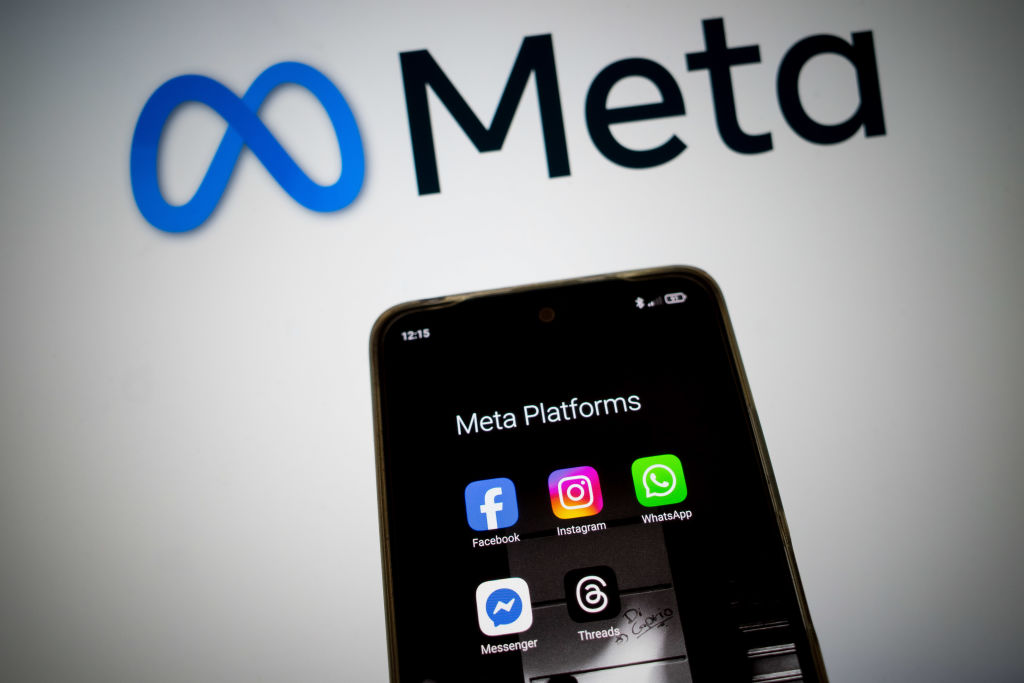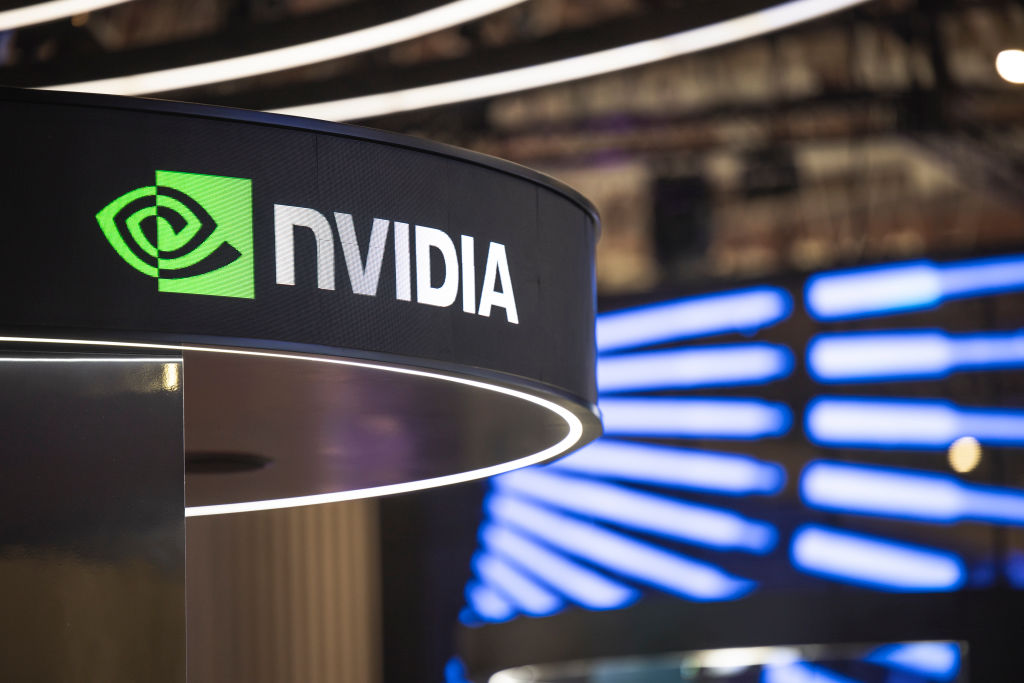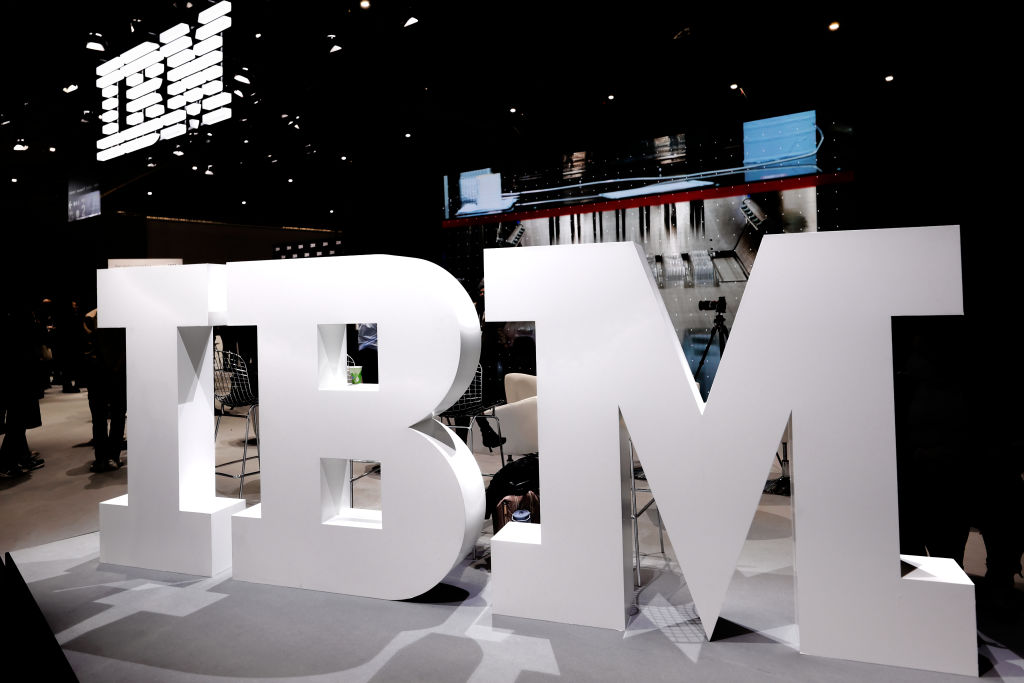The 7 Best ETFs for Retirees in 2017
Exchange-traded funds are inexpensive, first-class investments.

Investors are flocking to exchange-traded funds—and why shouldn’t they? ETFs are almost always cheaper than ordinary mutual funds, which, on average, trail their benchmarks by their expense ratios. ETF providers keep slashing prices as they battle for market share. ETFs offer a huge variety of investment strategies. And they’re easy to use: You just buy and sell them as you do stocks.
You can easily build a complete portfolio with ETFs. Or you can choose some ETFs and some conventional mutual funds. Most ETFs are still index funds, but a growing number of ETFs carve out specialized market niches by tracking unusual, sometimes custom-made, indexes.
Below are my seven best ETF picks for 2017 for retirees and people who are nearing retirement, as well as my recommendations for combining them into sound portfolios. The ETFs are a mix of plain-vanilla index funds and niche funds. I don’t claim to be clairvoyant, but I think these funds will reward investors well over the coming year. Returns and prices are as of December 2.
From just $107.88 $24.99 for Kiplinger Personal Finance
Be a smarter, better informed investor.

Sign up for Kiplinger’s Free Newsletters
Profit and prosper with the best of expert advice on investing, taxes, retirement, personal finance and more - straight to your e-mail.
Profit and prosper with the best of expert advice - straight to your e-mail.
I’ll start with iShares Core S&P 500 (symbol IVV), one of the cheapest ways to track Standard & Poor’s 500-stock index. This ETF charges a tiny 0.04% annually—that’s four-hundredths of one percentage point. The S&P 500 is a market-cap weighted index that includes mainly stocks of large companies but also has about 15% of its assets in midsize concerns. The index is the benchmark for many domestic stock funds, which have found it exceedingly difficult to beat.
For the first time in many years, stocks of small and midsize companies are as attractive, in my view, as stocks of larger companies. Small companies tend to export less than larger companies, so they’ll suffer less from any trade disputes, as well as from any further rise in the dollar. What’s more, by some measures, small companies are no longer overpriced compared with large companies, according to the Leuthold Group, an investment research firm.
Midcaps offer almost all of the advantages of small caps but with much less risk. That makes them ideal for retirees. My favorite midcap ETF is the aptly named iShares Core S&P Mid-Cap ETF (IJH), which tracks the S&P MidCap 400 index. Standard and Poor’s excludes financially weak midcaps from this index. That culling has enabled the index to slightly outperform other midcap indexes over the past 10 years. The ETF charges 0.04% a year.
Dividend stocks have lagged the market in recent months, but that’s no reason to abandon investing in high-quality companies that have a long history of sharing profits with investors. Schwab U.S. Dividend Equity ETF (SCHD) doesn’t seek out the highest yielders. Instead it focuses on large, healthy companies with above-average yields that have paid dividends in each of the past 10 years. It yields 3.2% and charges fees of 0.07%.
For foreign stocks, I favor iShares Edge MSCI Minimum Volatility EAFE ETF (EFAV). It invests in foreign stocks in developed countries, taking steps to limit investors’ risks. It does this by picking stocks with low volatility and combining them into a portfolio that aims to further limit overall volatility. The fund’s biggest overweightings are in classic defensive sectors: consumer necessities, health care and utilities. But the ETF offers more diversification than other low-volatility foreign-stock ETFs.
Don’t expect this ETF to keep up in bull markets. But over the past three years, a poor stretch for foreign stocks, it was 20% less volatile than the MSCI EAFE index, which tracks stocks of large companies in developed markets. During that period, the ETF returned an annualized 3.0%, compared with an annualized loss of 1.5% for the MSCI index. The ETF’s expenses are 0.20% annually.
A fund with a similar approach is iShares Edge MSCI Minimum Volatility Emerging Markets ETF (EEMV). Like the developed-markets ETF above, the emerging-markets ETF overweights makers of consumer necessities, health care stocks and utilities. Over the past five years, a mostly dismal period for developing-markets stocks, it was 22% less volatile than its benchmark, the MSCI Emerging Markets index. Over that period, the ETF returned an annualized 1.7%, compared with 0.4% annualized for the MSCI index. As the ETF has shown this year, it will lag in strong markets. So far in 2016, the fund has gained 3.8%, while the index has returned 10.0%.
I don’t see much opportunity in the bond market in 2017. With bond yields still low and rising, the risks of owning bonds are high (bond prices move in the opposite direction of rates). Retirees and near-retirees should keep their maturities short and the quality of their bonds high.
You won’t get rich investing in Vanguard Short-Term Corporate Bond ETF (VCSH) – figure on making 1% to 2% over the next year—but you’ll never lose much either. The ETF owns high-quality bonds with an average duration of 2.7 years, meaning its price should fall roughly 2.7% if interest rates were to rise by one percentage point. The fund yields 2.1% and charges 0.10% annually.
SPDR Nuveen Bloomberg Barclays Short Term Municipal Bond ETF (SHM) provides the same kind of low-risk, low-return approach but invests in tax-exempt municipal bonds rather than in taxable debt. The fund has an average duration of 2.9 years, the average credit quality of its bonds is double-A, and it charges 0.20% a year. It yields a meager 1.2%, which is equivalent to a taxable yield of 2.0% for an investor in the highest (43.4%) tax bracket.
As far as allocation, the typical pre-retiree should put 35% in one or both of the bond funds listed above. A typical retiree should boost the bond allocation to 40%, though older retirees might raise the bond allocation to 50% or even 60%.
For the stock portion of a portfolio, I’d put 45% into the S&P 500 ETF, 15% apiece into the mid-cap and dividend ETF, 17.5% into the foreign developed-market ETF and 7.5% into the emerging-markets ETF.
Steve Goldberg is an investment adviser in the Washington, D.C., area.
Profit and prosper with the best of Kiplinger's advice on investing, taxes, retirement, personal finance and much more. Delivered daily. Enter your email in the box and click Sign Me Up.

-
 Amazon Surge Sends S&P 500, Nasdaq Higher to Start November: Stock Market Today
Amazon Surge Sends S&P 500, Nasdaq Higher to Start November: Stock Market TodayAmazon inked a $38 billion cloud deal with OpenAI, which sent the stock to the top of the Dow Jones on Monday.
-
 If You'd Put $1,000 Into Home Depot Stock 20 Years Ago, Here's What You'd Have Today
If You'd Put $1,000 Into Home Depot Stock 20 Years Ago, Here's What You'd Have TodayHome Depot stock has been a buy-and-hold banger for truly long-term investors.
-
 Amazon Surge Sends S&P 500, Nasdaq Higher to Start November: Stock Market Today
Amazon Surge Sends S&P 500, Nasdaq Higher to Start November: Stock Market TodayAmazon inked a $38 billion cloud deal with OpenAI, which sent the stock to the top of the Dow Jones on Monday.
-
 3 Major Changes Investors Must Prepare for in 2026
3 Major Changes Investors Must Prepare for in 2026A possible stock market bubble. Trump accounts. Tokenized stocks. These are just three developments investors need to be aware of in the coming months.
-
 Stocks Close Out Strong Month With Solid Amazon Earnings: Stock Market Today
Stocks Close Out Strong Month With Solid Amazon Earnings: Stock Market TodayAmazon lifted its spending forecast as its artificial intelligence (AI) initiatives create "a massive opportunity."
-
 Stocks Sink with Meta, Microsoft: Stock Market Today
Stocks Sink with Meta, Microsoft: Stock Market TodayAlphabet was a bright light among the Magnificent 7 stocks today after the Google parent's quarterly revenue topped $100 billion for the first time.
-
 Dow, S&P 500 Slip on December Rate Cut Worries, Nvidia Boosts Nasdaq: Stock Market Today
Dow, S&P 500 Slip on December Rate Cut Worries, Nvidia Boosts Nasdaq: Stock Market TodayNvidia became the first company ever to boast a $5 trillion market cap, but it wasn't enough to lift the Dow and the S&P 500.
-
 Stocks Hit Fresh Highs Ahead of the Fed As Earnings Pump Optimism: Stock Market Today
Stocks Hit Fresh Highs Ahead of the Fed As Earnings Pump Optimism: Stock Market TodaySHW and UNH were two of the best Dow Jones stocks Tuesday, thanks to solid earnings reports, and MSFT closed with a $4 trillion market cap.
-
 US-China Trade Hopes Send Stocks to New Highs: Stock Market Today
US-China Trade Hopes Send Stocks to New Highs: Stock Market TodayApple and Microsoft are on track to join Nvidia in the $4 trillion market cap club.
-
 Dow Adds 472 Points After September CPI: Stock Market Today
Dow Adds 472 Points After September CPI: Stock Market TodayIBM and Advanced Micro Devices created tailwinds for the main indexes after scoring a major quantum-computing win.